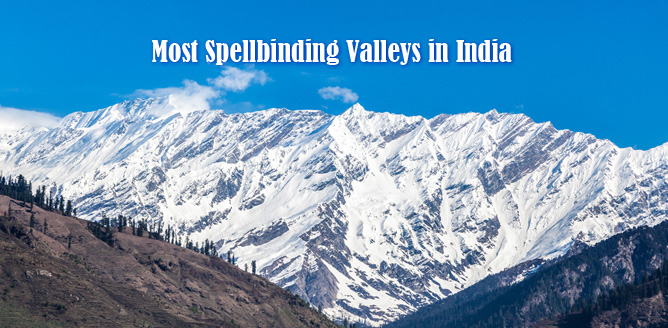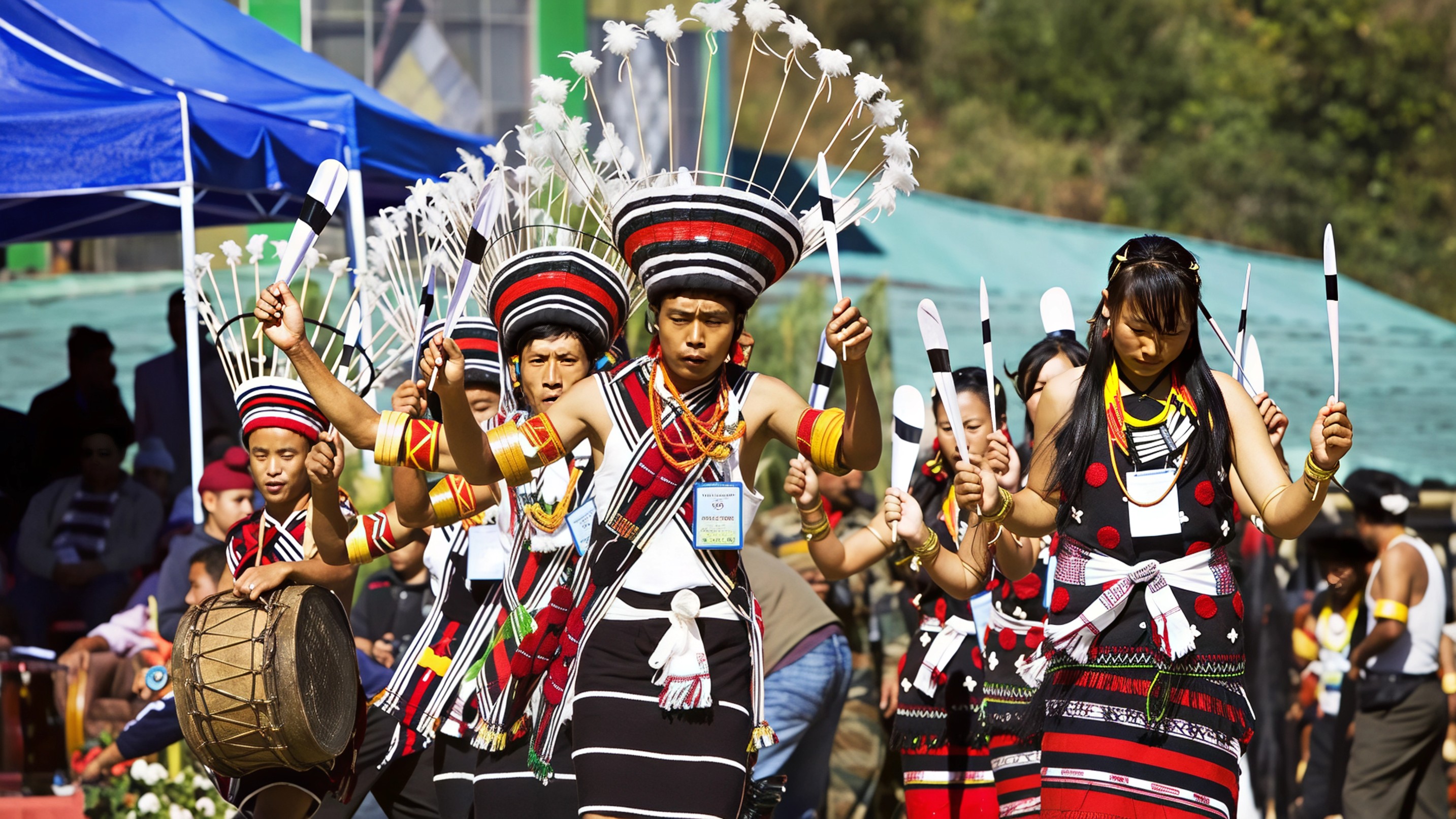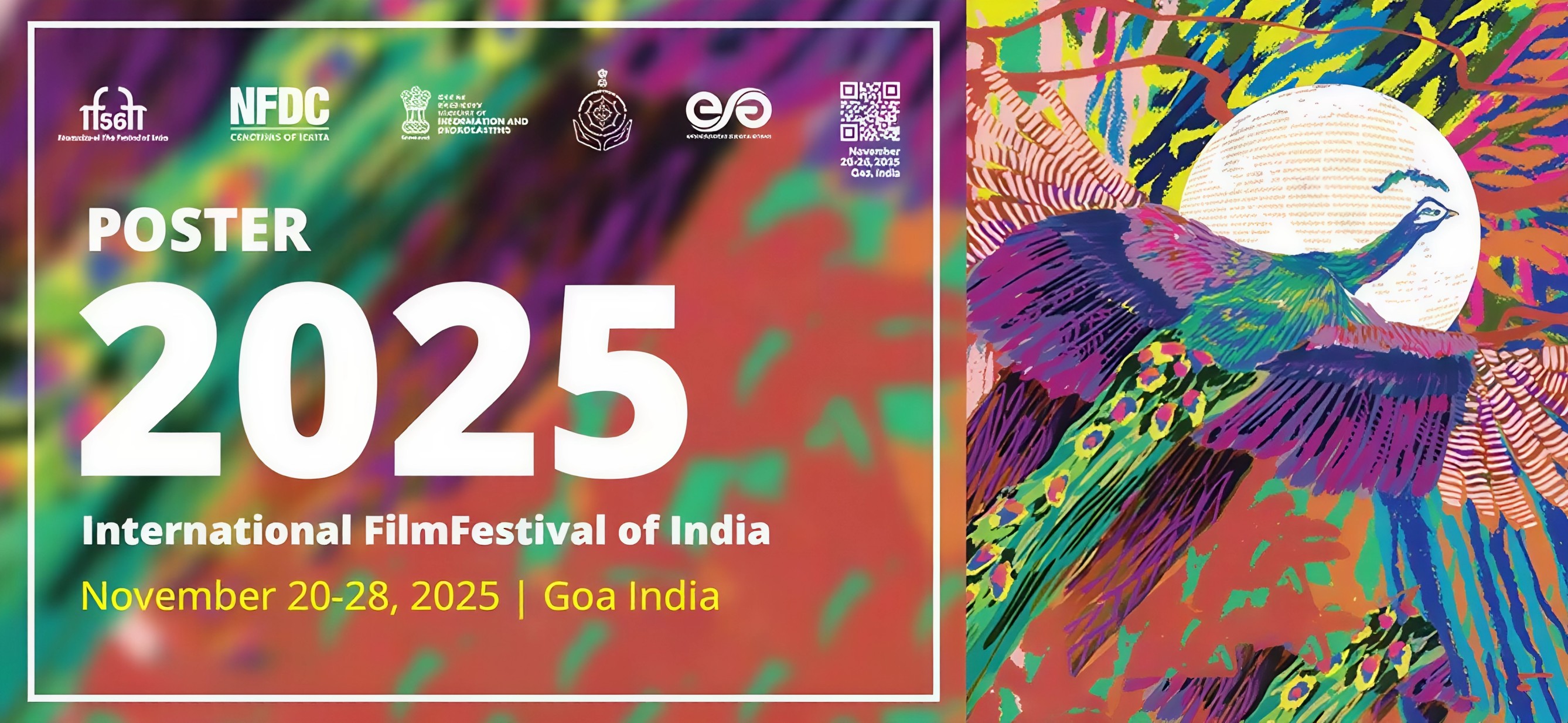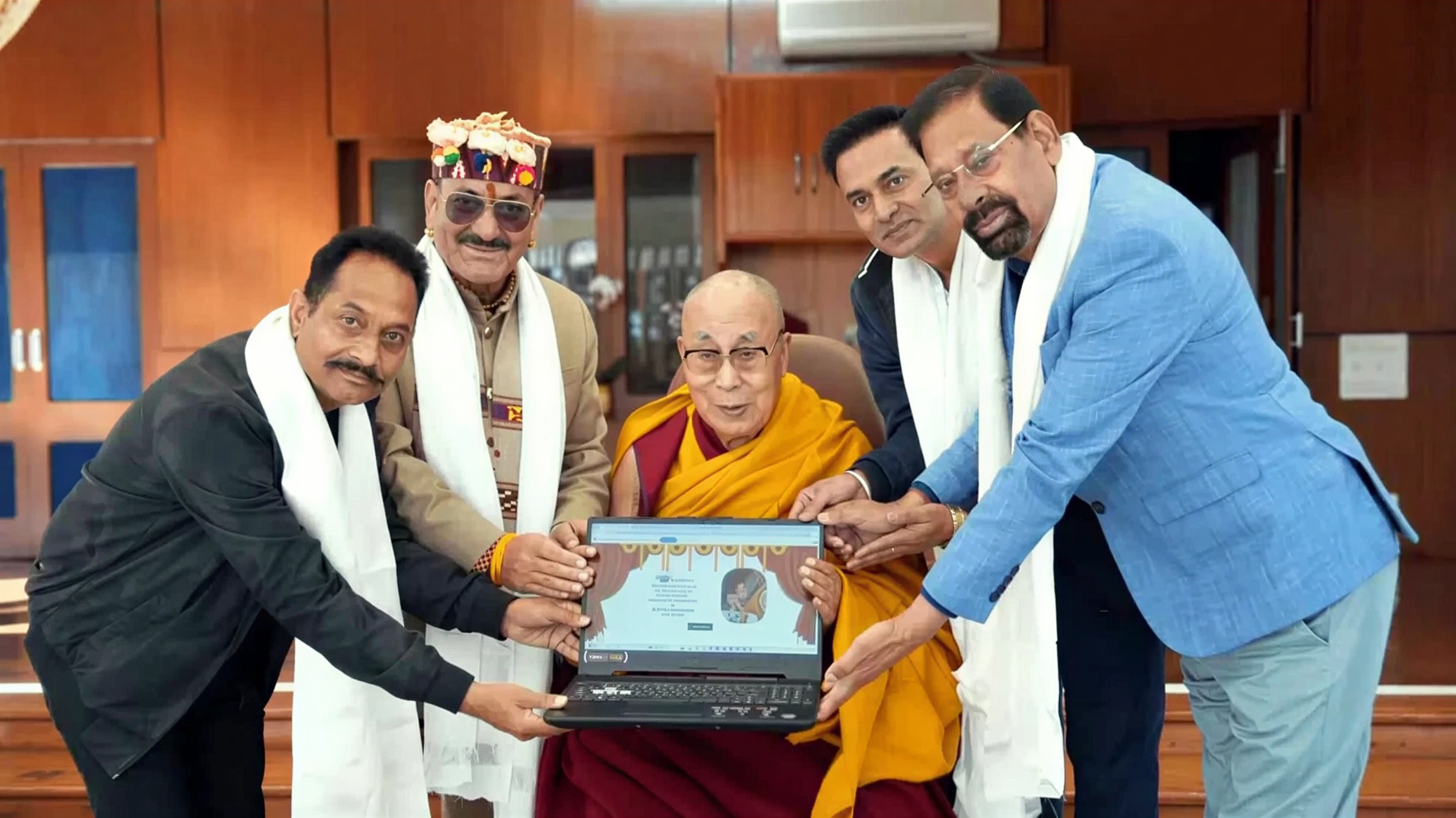In the remote highlands where India ends and another nation begins, there lies a stretch of land so untouched that time feels like a visitor, not a resident. This is where the wind roams free. It does not ask for papers or permission. It whispers through ancient stone houses, crosses rivers that know no division, and climbs slopes layered with prayer flags and secrets.
One such place is the Nubra Valley in Ladakh. Here, India brushes against the edges of Tibet, and the Shyok River traces its own path, unaware of the lines drawn on maps. The valley is a wonder of contradictions. Sand dunes rise beside snow covered peaks. Monasteries perch silently above lush apricot orchards. And in the silence, you begin to hear everything. The chants of monks drift across the cold desert. The soft hum of a caravan from another century seems to echo in the distance.

Further east, the border villages of Arunachal Pradesh carry a similar spirit. Places like Tawang and Zemithang, hidden under thick clouds and fir forests, carry the rhythm of lives shaped by geography and belief. Locals speak a mix of dialects, their daily life infused with Buddhist rituals and tribal heritage. Their stories are not defined by borders but by shared skies, ancient trails, and the resilience of living between worlds.
Even in the cold frontier of Himachal’s Kinnaur or the shadowed corners of Uttarakhand’s Johar Valley, the feeling is the same. Here, boundaries are less about control and more about continuity. Festivals are celebrated together. Folk songs borrow words from both sides. And the architecture is a blend of stone, wood, and wisdom that travels farther than any checkpoint.

Traveling through these regions requires patience. Roads are often narrow, interrupted by landslides or snow. Villages are far apart, and basic amenities may be rare. But in exchange, you get a clarity of thought that only the quiet can offer. You meet people who carry warmth in their smiles and tea brewed over wood fires. You hear tales that are not found in guidebooks. Some of them are centuries old. Some are still being written.
This is where the idea of a nation becomes more than a flag or a law. It becomes a feeling. A shared cup of butter tea offered at 13000 feet. A child learning to speak three languages before they’ve turned ten. A breeze that carries the scent of juniper from one monastery to another, never once pausing at the barbed wires or fences.

In these forgotten frontiers, identity is not limited to one side. It flows with the rivers. It sings with the wind. And if you listen closely, you will understand that this too is India. A place where cultures do not clash but converse. Where the land is divided but the people are not.
Follow Travel Moves on Instagram and Facebook for more journeys that go beyond the map.








